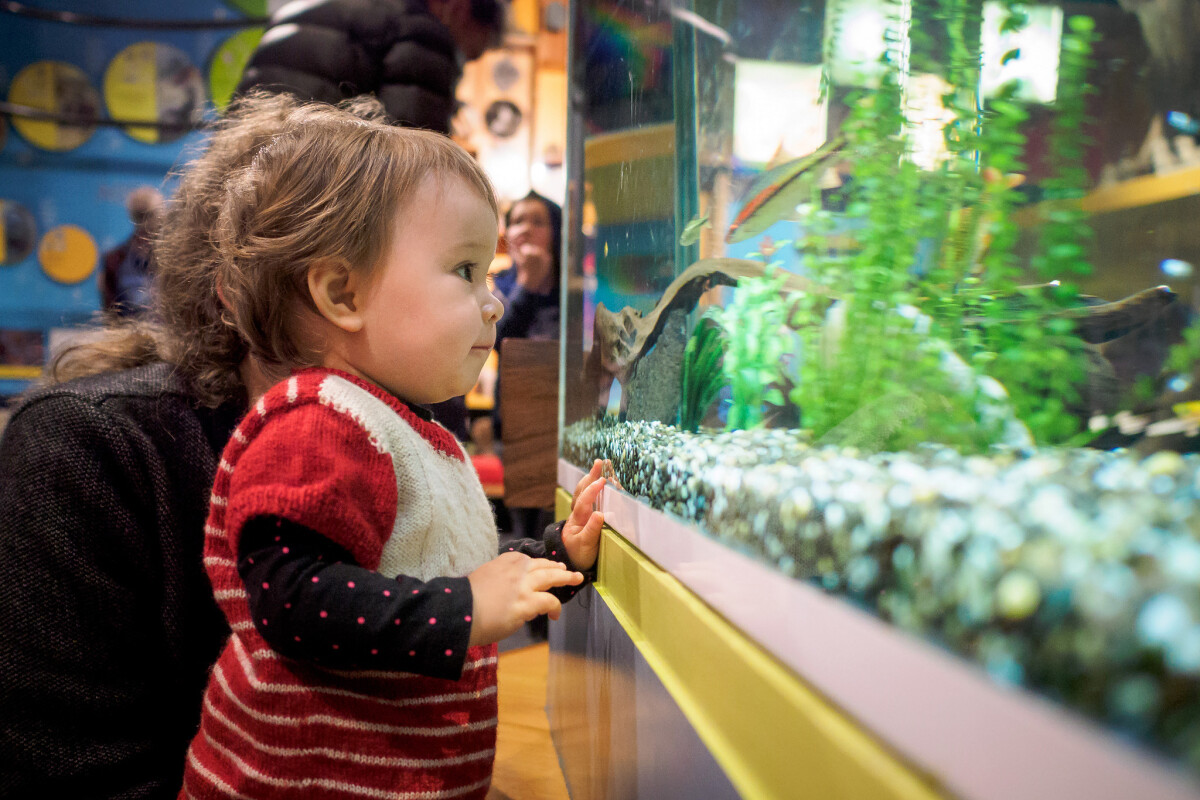This week, Canterbury Museum celebrates its sesquicentennial. 150 years ago, the Museum first opened the doors of its original two-storey, single-room building, designed by Benjamin Mountford with a gallery supported by kauri columns and an exterior of grey basalt hewn from nearby Halswell Quarry. Several additions have been made since then to result in the Museum buildings that we know and love today.
The Museum’s collections were founded on the discovery of moa bones, and its first director, Julius von Haast, accumulated an astonishing collection of artefacts from around the world, often in exchange for moa bones found on his expeditions to the remoter parts of New Zealand. von Haast was to go on to scientifically describe the bones of huge bird of prey (the largest flying animal that ever lived!) associated with bones of the moa that it fed on. This bird was later given the name Haast’s eagle.
Giant bird fossils like these wowed late Victorians, and made von Haast famous around the world, putting Canterbury Museum on the map. So much so that “under Haast’s directorship, the Canterbury Museum was regarded as the best in the Southern Hemisphere, and by 1895 it was rated in the top twenty for the world”. Just earlier this year, several more giant birds unearthed in New Zealand – parrots and penguins this time – were the central feature of the Squawkzilla Exhibition, demonstrating that 150 years later Canterbury Museum continues to be at the heart of this internationally important field of research.
![Canterbury Museum and Rolleston statue [ca. 1900], CCL PhotoCD 14 IMG0042](https://christchurchcitylibraries.com/heritage/photos/disc14/IMG0042.jpg)
As well as showing items from its own impressive collections, the Museum has also been home to a vast range of special exhibitions on a huge variety of topics. Recent highlights include a hugely popular exhibition on the history of Air New Zealand, the Whole House Reuse exhibition of artefacts made from materials salvaged from condemned Red Zone houses, and the Rise street art exhibition which at the time was the most visited show in Canterbury Museum’s history.
Exhibitions like this brought a younger audience to the Museum, which has always sought to connect with its community. In a current public consultation, generations of visitors have reflected fondly on their favourite memories of the Museum, including the Christchurch Street, a life-sized representation of part of the city as it would have looked in the late nineteenth century, complete with a horse who got up to all sorts of mischief during the Covid lockdown; Fred and Myrtle Flutey’s Paua shell house – a kiwiana classic, relocated all the way from Bluff; and the largest blue whale skeleton (and therefore the largest animal of any kind – including dinosaurs) in any museum in the world. At 26.5 metres long, it’s more than a metre longer than the blue whale that hangs in the Natural History Museum in London (where some of von Haast’s moas ended up). Sadly, the whale is not on display at the moment, but there are serious intentions to restore it to public view as part of a planned development that would be a new chapter in the Museum’s development.

To celebrate the anniversary, the Museum are publishing a book House of Treasures: Ngā Taonga Tuku Iho, with award winning photographer Jane Ussher, highlighting rarely-seen treasures and iconic objects from their collections chosen by its staff and curators, such as the only huia nest in the world. This will be accompanied by an exhibition that will allow you to see many of these objects for yourself. This promises to be an absolute treat, so make sure not to miss it! …and if you visit on Thursday 1st October, the Museum’s actual birthday, you may even get a slice of birthday cake.
For more information about Canterbury Museum, check out these Library resources…




Add a comment to: Happy 150th birthday, Canterbury Museum!